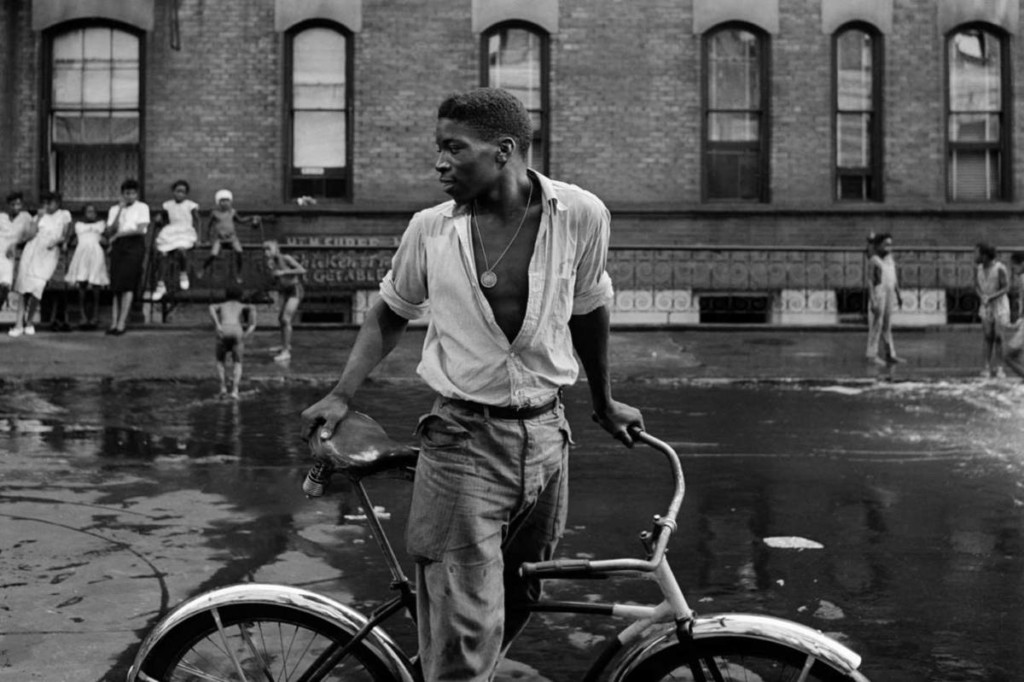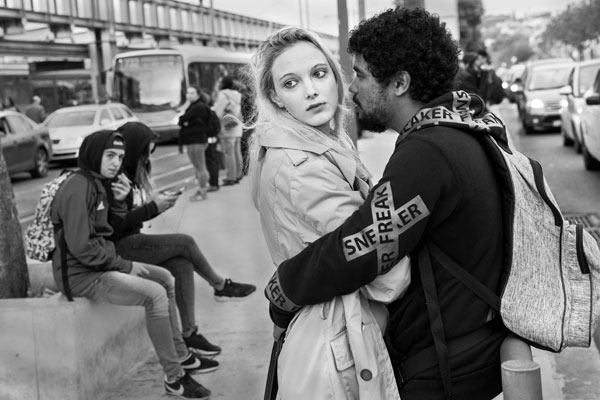The Single Strategy To Use For Framing Streets
The Single Strategy To Use For Framing Streets
Blog Article
The smart Trick of Framing Streets That Nobody is Talking About
Table of ContentsExamine This Report about Framing StreetsThe Basic Principles Of Framing Streets More About Framing StreetsFascination About Framing StreetsSome Known Questions About Framing Streets.Framing Streets Things To Know Before You Buy
, usually with the purpose of catching images at a crucial or touching moment by mindful framing and timing. https://trello.com/u/framingstreets1.
The Facts About Framing Streets Revealed
Susan Sontag, 1977 Road photography can concentrate on people and their habits in public. In this respect, the road photographer resembles social documentary digital photographers or photojournalists who likewise operate in public places, but with the purpose of recording relevant occasions. Any of these digital photographers' images may catch individuals and residential or commercial property visible within or from public areas, which frequently involves browsing moral issues and legislations of personal privacy, security, and residential property.
Representations of day-to-day public life create a style in virtually every duration of globe art, beginning in the pre-historic, Sumerian, Egyptian and early Buddhist art durations. Art managing the life of the road, whether within sights of cityscapes, or as the dominant motif, shows up in the West in the canon of the North Renaissance, Baroque, Rococo, of Romanticism, Realism, Impressionism and Post-Impressionism.
All About Framing Streets
Louis Daguerre: "Blvd du Temple" (1838 or 1839) In 1838 or 1839 the initial picture of numbers in the road was taped by Louis-Jacques-Mand Daguerre in one of a set of daguerreotype views taken from his workshop home window of the Boulevard du Temple in Paris. The second, made at the elevation of the day, reveals an unpopulated stretch of road, while the other was taken at concerning 8:00 am, and as Beaumont Newhall reports, "The Blvd, so regularly loaded with a relocating crowd of pedestrians and carriages was flawlessly solitary, other than an individual that was having his boots combed.
, that was motivated to take on a comparable documents of New York City. As the city established, Atget assisted to promote Parisian streets as a worthy topic for digital photography.

Framing Streets Things To Know Before You Get This
The chief Mass-Observationists were anthropologist Tom Harrisson in Bolton and poet Charles Madge in London, and their initial record was generated as the book "May the Twelfth: Mass-Observation Day-Surveys 1937 by over two hundred observers" [] Home window cleaner at Kottbusser Tor, Berlin, by Elsa Thiemann c. 1946 The post-war French Humanist College photographers discovered their topics on the street or in the restaurant. In between 1946 and 1957 Le Groupe des XV yearly displayed job of this kind. Andre Kertesz. Circus, Budapest, 19 May 1920 Street photography created the major content of two events at the Gallery of Modern Art (Mo, MA) in New York curated by Edward Steichen, Five French Professional Photographers: Brassai; Cartier-Bresson, Doisneau, Ronis, Izis in 1951 directory to 1952, and Post-war European Digital Photography in 1953, which exported the concept of street photography worldwide.

Framing Streets Can Be Fun For Everyone
The recording machine was 'a hidden camera', a 35 mm Contax hidden underneath his coat, that was 'strapped to the chest and attached to a lengthy cable strung down the best sleeve'. However, his work had little modern effect as because of Evans' sensitivities about the originality of his task and the privacy of his subjects, it was not released until 1966, in guide Numerous Are Called, with an intro composed by James Agee in 1940.
Helen Levitt, after that a teacher of children, associated with Evans in 193839. She recorded the temporal chalk drawings - vivian maier that belonged to kids's road society in New York at the time, in addition to the youngsters who made them. In July 1939, Mo, MA's new digital photography section included Levitt's job in its inaugural eventRobert Frank's 1958 book,, was considerable; raw and frequently out of emphasis, Frank's pictures examined conventional photography of the moment, "tested all the official rules put down by Henri Cartier-Bresson and Pedestrian Evans" and "contradicted the wholesome pictorialism and heartfelt photojournalism of American magazines like LIFE and Time".
Report this page